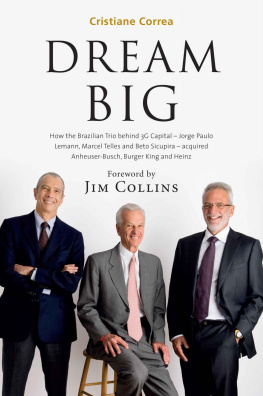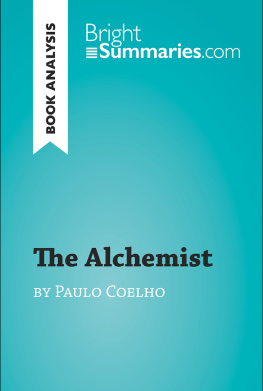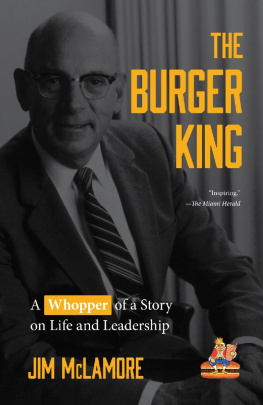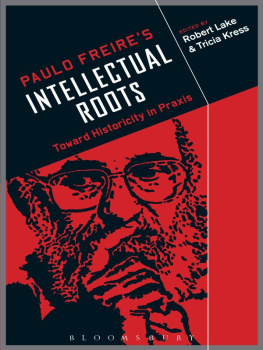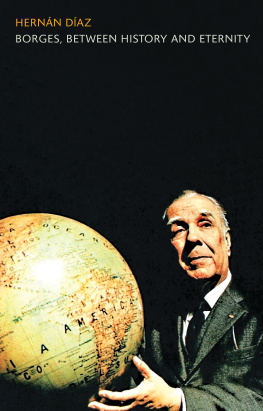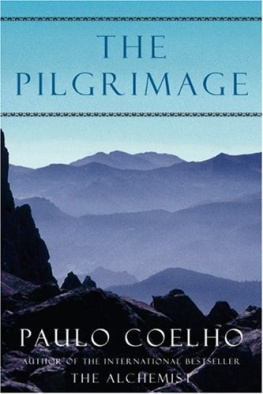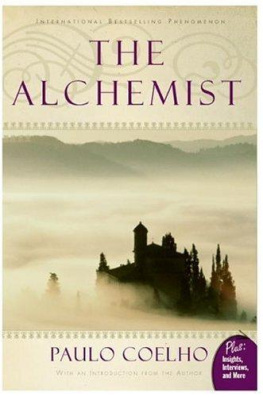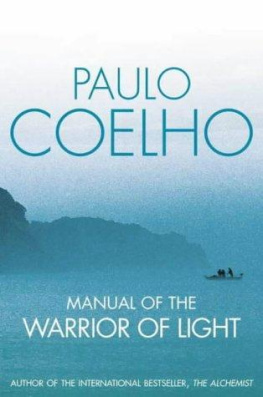DREAM
BIG
Published originally as Sonho Grande
Copyright 2013 by Cristiane Correa
All rights reserved. No part in this book may be used or reproduced through any existing means without the written authorization of the writer.
Translation: John Fitzpatrick and Monica Pan Chacon
Research: Dbora Thom
Proof reading: Adam Korn and Peter Lenny
Graphic design and layout: Marcia Raed and Adriana Moreno
Cover: Miriam Lerner
Cover Photo: Webb Chappell
Ebook: SBNigri Artes e Textos Ltda.
Foreword
In the end, I am a teacher;
that is really how I see myself.
Jorge Paulo Lemann
M y relationship with this remarkable story began in the early 1990s in a classroom at the Stanford University Graduate School of Business. I was leading a case discussion for an executive program, on the topic of what it takes to build a great company to last. There, sitting in the front row, was an understated executive wearing simple chinos and a casual shirt, drawing no attention to himself. Then he perked up when I began to gesticulate wildly about Wal-Mart and invoking the entrepreneur Sam Walton as an example. I described how Walton crafted culture and built a great organization, and that this better explained Wal-Marts success than the notion of business strategy. I argued that Sam Walton was more of a clock builder and less of a pure time teller, and that he was building Wal-Mart so that it need not depend upon his own visionary genius and charismatic personality. The executive in the front row raised his hand and challenged me: Well, I know Sam personally, and I disagree with you, he said. I think that Sam is central to Wal-Marts success, and his visionary genius has carried it a long way.
Yes, I acknowledged, but then countered: But dont you think that true greatness comes only when youre able to build a company that can thrive far beyond any individual leader?
We carried our discussion into the hallway, and I could see the executive was taken with the idea of enduring greatness, beyond any single generation of leadership. He asked me if I would be interested in coming down to Brazil to share my ideas with his two partners and his company. I did not know at that time that this fortuitous moment would turn into one of the most stimulating business friendships of my life.
The executives name was Jorge Paulo Lemann, his partners were Marcel Herrmann Telles and Carlos Alberto Sicupira, and their company was the investment bank Garantia. I didnt know anything about them, so I asked a Brazilian MBA student of mine, Hey, have you ever heard of these guys? He looked at me like I was crazy, as if I was asking a question like: Have you ever heard of Warren Buffett or Bill Gates or Steve Jobs? He showed me an article on the investment bank, and told me the legend of how they assembled a team of young fanatics and built a tiny brokerage outfit into one of the great investment powerhouses in Latin America.
Then my MBA student added: Oh, and theyre into the beer business now.
The beer business? I thought to myself. What on earth is an investment bank doing in the beer business? If anyone would have told me then that these bankers had the dream to build the biggest beer company in the world, and to buy Anheuser-Busch along the way, I would have said, Thats not a vision, thats delusion. Yet, of course, thats exactly what they did.
I have now been acquainted with the company, its culture, and the three partners for nearly two decades, and have had the privilege to watch the development of this success story as it has unfolded in recent years. I believe the primary reason we became such good friends is that they deeply resonated with the question that has occupied my own intellectual curiosity over the same two decades: What does it take to build an enduring great company? When Jerry Porras and I published Built to Last in 1994, they instinctively gravitated towards the ideas, and in particular the big dream of making a great company that would indeed be built to last.
In the intervening two decades, I have learned much from them. Here in this preface, I would like to share the top 10 lessons I have gleaned from watching, teaching, and learning from their journey.
1) INVEST ALWAYS AND ABOVE ALL IN PEOPLE. The founders certainly have a strong dose of financial genius, but that is not the primary source of their success. From the very beginning, their primary investments have been in people, especially young and talented leaders. Their philosophy: Better to give talented (if unproven) people a chance, and endure a few disappointments along the way, than to not believe in people. The number one ingredient in their secret sauce is an obsession with getting the right people, investing in those people, challenging those people, building around those people and watching those people experience the sheer joy and exhilaration of achieving a big dream together. And, just as important, stay with your proven people for a long time. Its interesting to note that the three founders have worked together for four decades, and are as unified as ever. And many of the best young people they brought into this system have stayed passionately involved for decades, such as the current CEO Carlos Brito. They didnt just get the right people on the bus; they got the right people on the bus for a very long time.
2) SUSTAIN MOMENTUM WITH A BIG DREAM. Great people need big things to do, or they will take their creative energies elsewhere. So, the founders built a two-piston flywheel: First, get great people; second, give them big things to do; then, get more great people, and come up with the next big thing to do; then repeat, again and again. This is how they sustained momentum over time. They always resonated with the idea of BHAGs Big Hairy Audacious Goals and built a culture to achieve them. Watching them, I learned that sustaining momentum, and therefore retaining great people, is worth the inherent risks of pursuing big goals. Its like a great mountain-climbing team; on the one hand, there is inherent risk in doing one big mountain, then the next big mountain, then the next-bigger mountain after that; on the other hand, if you dont have new big mountains to climb, you will cease to develop and grow, and you will lose your best mountain climbers. Great climbers need big mountains to climb, always and forever.
3) CREATE A MERITOCRATIC OWNERSHIP CULTURE WITH ALIGNED INCENTIVES. The founders built a consistent culture that gave people the opportunity to share in the rewards of the big dream. The culture valued performance, not status; achievement, not age; contribution, not position; talent, not credentials. By mixing these three ingredients Dream + People + Culture into a powerful concoction, they created a recipe for sustained success. The culture rewarded performance; if you could make a significant contribution, and deliver results, within the boundaries of the culture, you would do well; if you had the best credentials in the world, but could not deliver exceptional performance, you would be spit out. The three partners believed that the very best people crave meritocracy, and mediocre people fear it.
4) YOU CAN EXPORT A GREAT CULTURE ACROSS WIDELY DIVERGENT INDUSTRIES AND GEOGRAPHIES. The truly remarkable thing is how the Dream-People-Culture model carried from investment banking and finance into beer, from Brazil to all of Latin America, then to Europe and the United States, and now expanding all over the world. For Lemann, Telles and Sicupira, culture is not in support of strategy; culture is strategy. The three partners have always held to their core values and distinctive culture, while continually growing into new industries, expanding across geographies, and pointing towards ever bigger goals a beautiful example of the underlying dynamic, Preserve the Core and Stimulate Progress exemplified by any enduring great company. There is a corollary to this lesson: you can predict the future by geography. In the early days of the company, the three founders looked from Brazil to the United States, saw what was already working; then, instead of simply waiting for that to happen in Brazil, they would act aggressively to import the best United States practices, and do so early.
Next page
